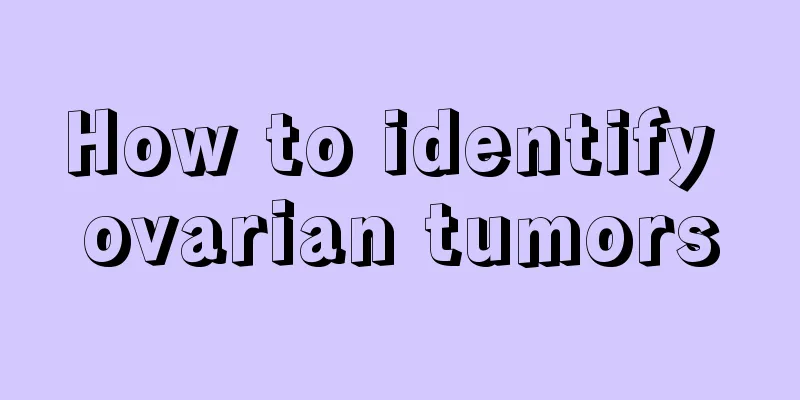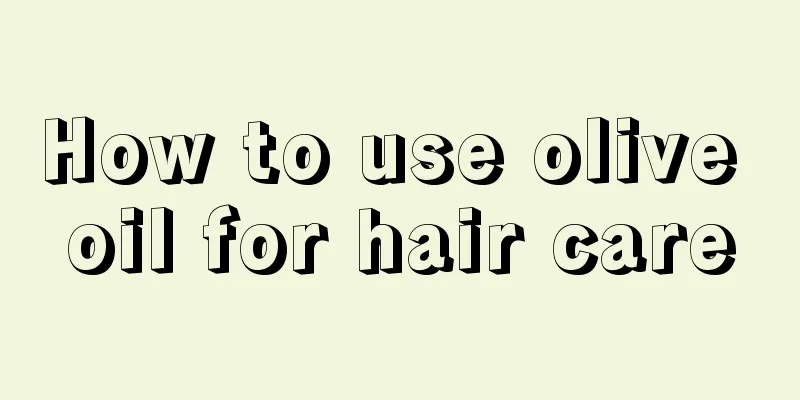Types and treatments of skin diseases

|
What are the types of skin diseases and their treatment? There are many types of skin diseases, such as viral skin diseases, bacterial skin diseases, skin diseases caused by animals, etc. Different skin diseases have different treatment methods. First, you need to check what skin disease causes the skin disease. After finding the cause, you should treat the symptoms in time. You should take good care of your skin and eat foods containing collagen. What are the types of skin diseases and their treatments? Let’s take a look at it next. 1. What are the types of skin diseases and their treatments? 1. Viral skin diseases Common ones include herpes simplex, herpes zoster, warts (common warts, plantar warts, flat warts, molluscum contagiosum, genital warts), chickenpox, rubella, and hand, foot and mouth disease. 2. Bacterial skin diseases Common ones include impetigo, folliculitis, furuncle, carbuncle, cellulitis, erysipelas and leprosy. 3. Fungal skin diseases Common ones include tinea capitis, tinea corporis, tinea manuum and pedis, onychomycosis, pityriasis versicolor, and Malassezia folliculitis. 4. Skin diseases caused by animals Such as scabies, mite dermatitis, pederer dermatitis, lice, insect stings or bites. 5. Sexually Transmitted Diseases Such as syphilis, gonorrhea and genital warts. 6. Allergic and autoimmune skin diseases Common ones include contact dermatitis, eczema, urticaria; allergic skin vasculitis, drug-induced dermatitis, anaphylactic shock, etc. 7. Physical skin diseases Common ones include solar dermatosis, summer dermatitis, prickly heat, frostbite, corns, chapped hands and feet, and pressure sores. 8. Neurological dysfunction skin diseases Common ones include pruritus, neurodermatitis and delusional parasitosis. 9. Erythematous papular scaly dermatosis Common ones include psoriasis, pityriasis simplex, pityriasis rosea, lichen planus, and erythroderma. 10. Connective tissue diseases Common ones include lupus erythematosus, scleroderma, Sjögren's syndrome and dermatomyositis. 11. Bullous skin diseases Common ones include pemphigus and bullous pemphigoid. 12. Pigmentary disorders Common ones include chloasma, vitiligo, tattoo, freckles, pigmented nevus, coffee-top spots, chloasma, freckle-like nevus, Riehl's melanosis, perioral lentigo, nevus of Ota, pigmented piloepidermal nevus, generalized lentigo, facial-neck follicular erythematous nevus, pigmented pityriasis rosea, nevus maculae, congenital pigmented nevus, reticular dyschromia of the folds, Mongolian spots, tattoo, vitiligo, apigmented nevus, centrifugal acquired leukoplakia, hereditary symmetrical dyschromia, anemic nevus, etc. 13. Skin appendage diseases Common ones include acne, rosacea, seborrheic dermatitis, alopecia areata, baldness, hyperhidrosis and bromhidrosis. 14. Hereditary skin diseases Common ones include ichthyosis, keratosis pilaris, lichen pilaris, hereditary epidermolysis bullosa, and familial benign chronic pemphigus. 15. Nutritional and metabolic disorders of skin diseases Common ones include vitamin deficiency (toad skin disease, riboflavin deficiency, niacin deficiency), acrodermatitis enteropathica, and xanthomatosis. II. Treatment Topical medications are the most commonly used treatment for skin diseases. If topical medications are not selected or used properly, they are often ineffective and may even make the condition worse. When choosing topical medications for skin diseases, you should pay attention to the following aspects: The same drug has different dosage forms, such as solutions, pastes, powders, creams, lotions, ointments, tinctures and emulsions. Different dosage forms have different effects and indications, so different dosage forms of topical medications should be selected correctly according to the clinical symptoms and characteristics of skin lesions at different stages of the disease. 1. In the general acute phase, when there is local redness, swelling, blisters, and erosion, liquid compresses are often used, which can have anti-inflammatory and heat dissipation effects. If there is exudation, use liquid compresses first and then oils. 2. When the skin lesions are in the subacute stage, the redness and swelling are reduced, and the exudate is reduced. Pastes, powders and lotions can be used as appropriate to exert anti-inflammatory, antipruritic, astringent and protective effects. 3. In the chronic stage, when the skin lesions thicken and become lichenified, creams, ointments, plasters, etc. can be used. 4. Pay attention to the time and frequency of taking medication for skin diseases. Medications and lotions evaporate easily and reduce their efficacy, so they need to be used more frequently, generally once every three hours; tinctures and ointments have long-lasting effects and can be used once in the morning and evening each day. The wet compress method should also be appropriate. Before using the medicine, in addition to cleaning the affected area, the scab should be disinfected and softened with cooking oil before wiping it off. If blisters with a diameter greater than half a centimeter are seen at the skin lesions, the contents should be extracted with a sterile empty syringe, while retaining the blister wall. Before applying the medicine to hairy areas, you should shave the hair first and then apply the medicine. 5. The selection of drugs should also take into account age, gender, site of disease and patient's physical condition. For example, low-concentration drugs should be chosen for elderly and young patients; when pregnant women use topical medications, the effects on the fetus and infants should be taken into consideration; high-concentration or highly irritating drugs should not be used on the face, breasts, and vulva, and should be used with caution by children and women; high-concentration drugs can be used on the palms, soles of the feet, etc.; for those with sensitive skin, use low concentrations first and then high concentrations. For new drugs or drugs that are prone to allergies, use them on a small area first. If there is no reaction, gradually increase the concentration and expand the area of application as needed. Physical therapy is also a commonly used treatment for skin diseases. Commonly used physical therapies include: electrotherapy, light therapy, microwave therapy, cryotherapy, laser, hydrotherapy, etc. |
<<: Reasons for being prone to skin diseases
>>: Skin diseases caused by spider urine
Recommend
What evidence can more accurately diagnose lung cancer
Lung cancer is actually a common lung malignancy....
9 steps from sneezing to cancer
From a normal, minor sneeze to developing into ca...
How to treat acute gastroenteritis, these aspects need to be done
Summer is coming, and the most common disease in ...
What to do if you catch a cold after getting a vaccination_What to do if you catch a cold after getting a vaccination
If a baby catches a cold after receiving the vacc...
Who are frameless glasses suitable for?
As technology becomes more and more advanced, wha...
How to treat insomnia? Some tips for treating insomnia
Insomnia can be said to be a common problem among...
What are the symptoms of blue eyelash syndrome?
Blue eyelash syndrome is actually a relatively co...
How to prevent worsening astigmatism
Nowadays, many people have increasingly serious m...
Why does my face feel numb?
Facial numbness is a very common phenomenon. If t...
How many times does percutaneous interventional treatment for liver cancer require? It depends on individual circumstances
How many times the percutaneous interventional tr...
How to get rid of acne on the face, diet therapy to get rid of acne
Many people have acne all over their faces, espec...
Early symptoms and signs of testicular cancer
Early symptoms and precursors of testicular cance...
Five years after gastric cancer surgery, I still feel uncomfortable in my abdomen
Patients who have undergone gastric cancer surger...
Which hospital is more professional for fibroids
Which hospital is more professional for fibroids?...
Is glucose good for treating jaundice?
Jaundice is a disease caused by increased bilirub...









